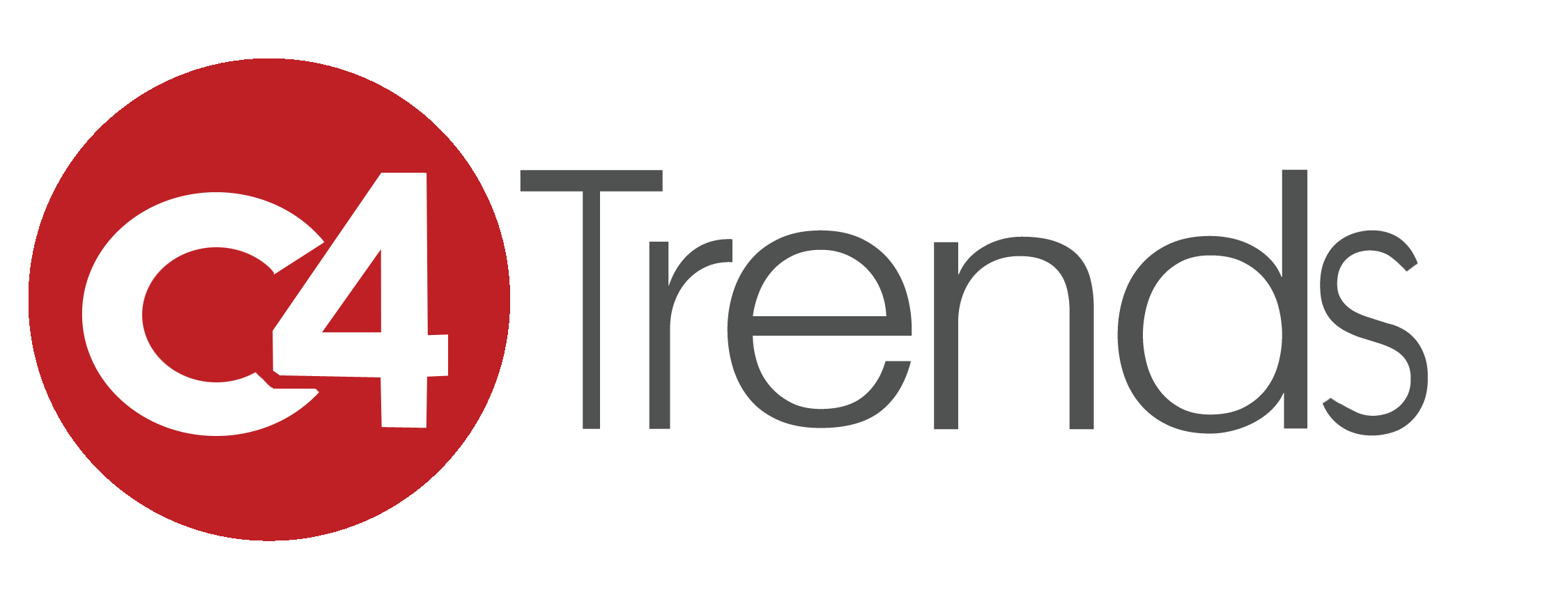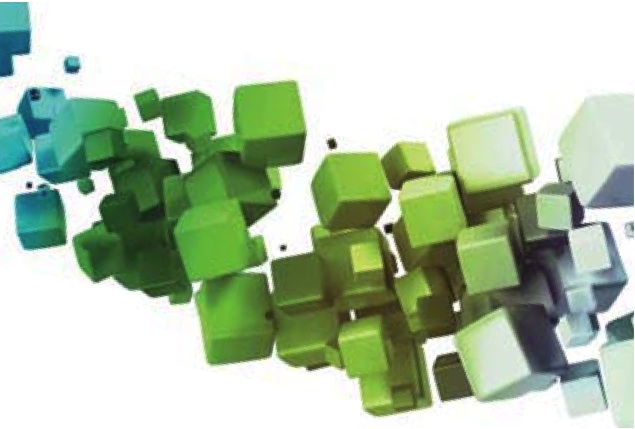The theme from this year’s meeting of global thought-leaders at the World Economic Forum in Davos, “resilient dynamism,” encompasses imperatives for ensuring growth in an era of accelerating change: Recognition that a new status quo is emerging, and leaders must realize that today’s challenges such as adversity, complexity and disruption are here to stay.
Innovative ways need to be explored to restore economic dynamism and maintain an edge in the face of competition. Growth strategies must reinforce societal resilience, for example, through the smart, sustainable management of resources.
Here are eight technology trends that represent a disruptive and transformational future.
1. Networks and Sensors.
A new central nervous system linking the “internet of things” — wireless devices embedded in objects that gather huge amounts of data with new technologies that store and interpret it all. When linked with computational systems and predictive analytics, this emerging ecosystem has the potential to disrupt every aspect of our lives, ranging from targeted social media advertising and new services, entertainment recommendations to personal interactions with a healthcare professional and a slew of other interactive transactions.
2. Robotics.
Robots are moving beyond heavy-duty industrial environments. Robots like Baxter (See Nov.Dec. 2012 C4 Trends) have the potential to revitalize light industry with its flexibility for short-run manufacturing or assembly. They offer new economic opportunities for grwoth. They’ve moved from the realm of science fiction to an array of form factors implemented by the military, medical and service communities. Robots even act as companions to house-bound people. Obvious in demonstrations at CES’ Eureka Park, we’re just at the beginning of robotics in our daily lives.
3. Artificial Intelligence (AI).
For years, we’ve been hearing about this technology but now it’s here. AI is creating a new generation of personal digital assistants that are so smart they can tell people where they need to go next without being prompted.
4. Digital Manufacturing.
Changes are coming to the supply chain. A company like Lego, for example, might shift its focus from toy making to selling blueprints for toys. Imagine a world with 3D printers that could enable consumers to produce their parts at home.
5. Health and mHealth.
Biometrics, personalized medicine and a shift toward the integration of IT into healthcare is allowing small mobile devices to enable more accessible healthcare and a new focus on patient centered care. With the growing consumerization of health IT, the role of healthcare providers and health insurers is entering a new phase.
6. Energy Efficiency.
Energy sustainability and maintaining balance in local energy grids is a challenge across regions and countries.
At CES, three examples of eco-friendly trends stood out:
- Battery life is improving.
- Tech companies are producing more energy-efficient products.
- eMobility — electric vehicle charging and monitoring — is a rapidly emerging smart technology. Companies are providing sustainable eMobility solutions for vehicle owners and fleets on a national and even global basis.
7. The Mobile Wallet.
Someday, carrying around dollars will become obsolete. The way we conduct transactions is changing, and new business models are emerging around ecosystems like NFC, the cloud, QR codes and direct operator billing. Companies are looking at programs to dramatically increase revenue and improve customer retention.
8. Privacy and Managing Trust.
In the era of Facebook and Twitter — where sharing has disrupted how we communicate — are we in danger of losing this precious freedom? While technology is the catalyst for privacy invasion — how may technology be harnessed along with massive changes in the regulatory framework to provide better safety and security solutions?
The pace of technological innovation will ensure massive social changes. The future contains challenges that are very different from those humanity has faced before. However, where realism and the willingness to experiment intersect, is the space for dreamers and entrepreneurs willing to take risks.

